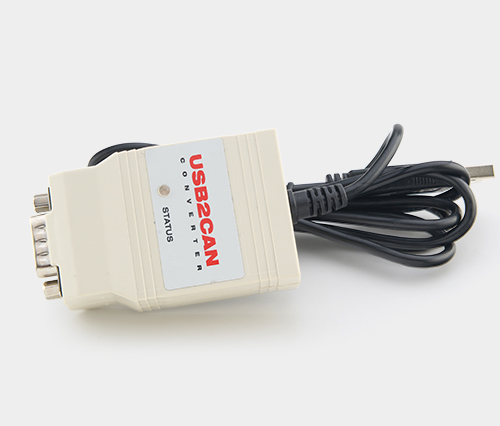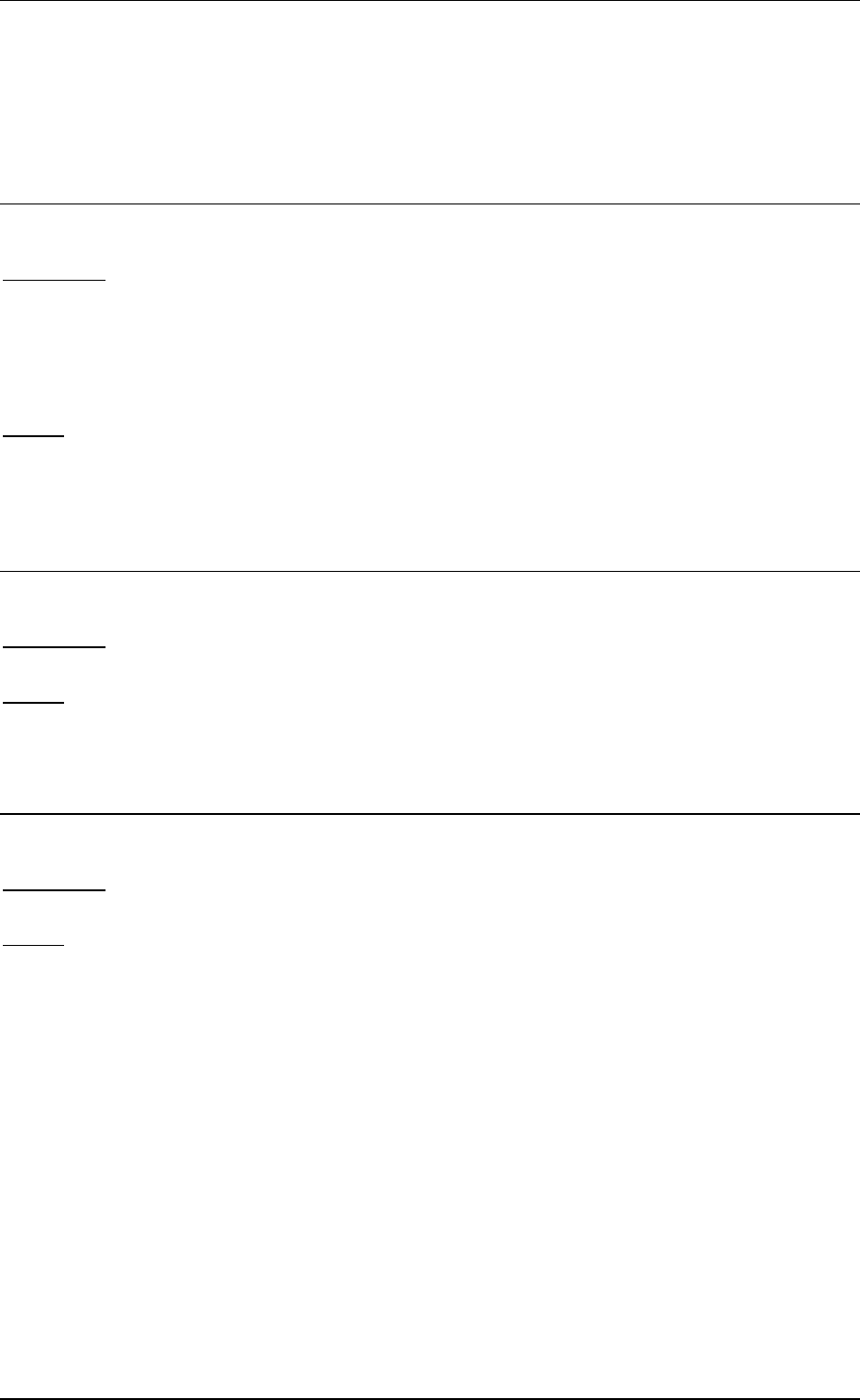Drivers Elatec Port Devices
- Drivers Elatec Port Devices Terminal
- Drivers Elatec Port Devices Replicator
- Drivers Elatec Port Devices Lucie
Here is a step by step manual guide for Serial RFID Device software installation process on Windows 7 / 8 / 8.1 / 10 / Vista / XP. 1 Download TWN4DevPack164b01.zip file for Windows 7 / 8 / 8.1 / 10 / Vista / XP, save and unpack it if needed. 2 Switch on your new ports hardware. 3 Right click on the My computer icon and push Properties tab then. Select Update Driver. If Windows doesn't find a new driver, you can try looking for one on the device manufacturer's website and follow their instructions. Reinstall the device driver. In the search box on the taskbar, enter device manager, then select Device Manager. Right-click (or press and hold) the name of the device, and select Uninstall.

- Devices with antennas are products that can be used to read all transponders immediately upon initial operation. This product version is ideal when the reader is operated as a desktop device, for example; when there are no special integration requirements; and when the reader must get to market quickly. Contact our Sales team to discuss your particular application and needs.
- Devices with antennas are products that can be used to read all transponders immediately upon initial operation. This product version is ideal when the reader is operated as a desktop device, for example; when there are no special integration requirements; and when the reader must get to market quickly.
- To ensure that you get the most out of Elatec's family of RFID reader/writers we offer various types of accessories. Reader/Writer with housing. Relevance: When considering devices with a housing, we differentiate between plug-in desktop readers such as the TWN4 Slim and devices such as the TWN4 Palon Compact Wall, which must be.

This topic is intended for OEMs who want to build a Windows 10 system with USB Type-C connector and want to leverage OS features that allow for faster charging, power delivery, dual role, alternate modes, and error notifications through Billboard devices.
A traditional USB connection uses a cable with a USB A and USB B connector on each end. The USB A connector always plugs in to the host side and the USB B connector connects the function side, which is a device (phone) or peripheral (mouse, keyboard). By using those connectors, you can only connect a host to a function; never a host to another host or a function to another function. The host is the power source provider and the function consumes power from the host.
The traditional configuration limits some scenarios. For example, if a mobile device wants to connect to a peripheral, the device must act as the host and deliver power to the connected device.
The USB Type-C connector, introduced by the USB-IF, defined in the USB 3.1 specification, addresses those limitations. Windows 10 introduces native support for those features.
Feature summary
- Allows for faster charging up to 100W with Power Delivery over USB Type-C.
- Single connector for both USB Hosts and USB Devices.
- Can switch USB roles to support a USB host or device.
- Can switch power roles between sourcing and sinking power.
- Supports other protocols like DisplayPort and Thunderbolt over USB Type-C.
- Introduces USB Billboard device class to provide error notifications for Alternate Modes.
Official specifications
Hardware design
USB Type-C connector is reversible and symmetric.
The main component are: the USB Type-C connector and its port or PD controller that manages the CC pin logic for the connector. Such systems typically have a dual-role controller that can swap the USB role from host to function. It has Display-Out module that allows video signal to be transmitted over USB. Optionally it can support BC1.2 charger detection.
Consider recommendations for the design and development of USB components, including minimum hardware requirements, Windows Hardware Compatibility Program requirements, and other recommendations that build on those requirements.Hardware component guidelines USB
Choose a driver model
Use this flow chart to determine a solution for your USB Type-C system.

| If your system... | Recommended solution... |
|---|---|
| Does not implement PD state machines | Write a client driver to the UcmTcpciCx class extension. Write a USB Type-C port controller driver |
| Implements PD state machines in hardware or firmware and support USB Type-C Connector System Software Interface (UCSI) over ACPI | Load the Microsoft provided in-box drivers, UcmUcsiCx.sys and UcmUcsiAcpiClient.sys. See UCSI driver. |
| Implements PD state machines in hardware or firmware, but either does not support UCSI, or support UCSI but requires a transport other than ACPI | Write a client driver for the UcmCx class extension. Write a USB Type-C connector driver Write a USB Type-C Policy Manager client driver |
| Implements UCSI but requires a transport other than ACPI | Write a client driver to the UcmUcsiCx class extension. Use this sample template and modify it based on a transport that your hardware uses. Write a UCSI client driver |
Bring up drivers
USB Function driver bring-up is only required if you support USB Function mode. If you previously implemented a USB Function driver for a USB micro-B connector, describe the appropriate connectors as USB Type-C in the ACPI tables for the USB Function driver to continue working.
For more information, see instructions about writing a USB Function driver.
USB Role-Switch driver bring-up is only required for devices that have a Dual Role controller that assumes both Host and Function roles. To bring-up the USB Role-Switch driver, you need to modify the ACPI tables to enable the Microsoft in-box USB role-switch driver.
For more information, see the guidance for bringing up the USB Role Switch Driver.
A USB Connector Manager Driver is required for Windows to manage the USB Type-C ports on a system. The bring-up tasks for a USB Connector Manager driver depend on the driver that you choose for the USB Type-C ports: The Microsoft in-box UCSI (UcmUcsiCx.sys and UcmUcsiAcpiClient.sys) driver, a UcmCx client driver, or a UcmTcpciCx client driver. For more information, see the links in the preceding section that describe how to choose the right solution for your USB Type-C system.
Test
Perform various functional and stress tests on systems and devices that expose a USB Type-C connector.
Test USB Type-C systems with USB Type-C ConnEx - Run USB tests included in the Windows Hardware Lab Kit (HLK) for Windows 10.
Run USB function HLK tests with a C-to-A cable (search for Windows USB Device in the HLK
Certification/ComplianceAttend Power Delivery and USB Type-C compliance workshops hosted by the standards bodies.

See also
For further information please visit: For further information please visit the following link: Visit us at Securex. Or how the new universal reader TWN4 Palon can be used for time management and logical access and authentication applications. Have a look at our explanatory video.
| Uploader: | Zolokus |
| Date Added: | 1 August 2011 |
| File Size: | 32.34 Mb |
| Operating Systems: | Windows NT/2000/XP/2003/2003/7/8/10 MacOS 10/X |
| Downloads: | 40872 |
| Price: | Free* [*Free Regsitration Required] |
We show you how the readers of the TWN4 Family are successfully used for secure printing. Elatec at Embedded World Feb 27, 9: November 29 at Email or Phone Efid Forgot account? For further information please visit the following link: Connecting to the future.
By integrating it, users of the application at hand are offered the usage of an RFID badge or convenient authentication with a smartphone. For example, our nice sales colleagues Burhan and Katharina have just set up a contemplative song.
Elatec RFID Systems
Visit us at Securex. Empowering hardware developers, Systemintegrators and companies providing whole solutions to offer their products and services Hall 7, Booth 27B April You can be looking forward to the result at https: Further information can be found at: Just like their elayec, they are positioned as an alternative to our multi-frequency devices whilst continuing to incorporate the gfid of the TWN4 by Elatec RFID Systems.
You want to know how easy it works?
Thank you, Total Printing Solutionsfor organizing this excellent event! For all of those who did not make it to our booth, we would be happy to advise you on the use of contactless readers and writers afterwards.
Poznan, Poland For further information please visit: Simply configure the card with the help of our app and then hold it to the reader — n Visit us at Securex The largest security trade show worldwide! As well as numerous RFID solutions that make your life easier.
Welcome to Elatec GmbH. The results are based on the analysis of the scientific leader of TOPProf. Have a flatec at our explanatory video.
Download center
We wish you all happy holidays and a prosperous New Year! Oktober im RheinEnergi Just like their predecessors, they are positioned as an alternative to our rfkd devices whilst continuing to incorporate the elaatec of the TWN4 by Elatec RFID Systems Further information: Success in TOP The event is a great networking oppurtunity to catch up with key partners within the secure printing market.
Drivers Elatec Port Devices Terminal
Or how the new universal reader TWN4 Palon can be used for time management and logical access and authentication applications.
Drivers Elatec Port Devices Replicator
Folgt uns auch auf Instagram https: For further information please visit: Sections of this page.